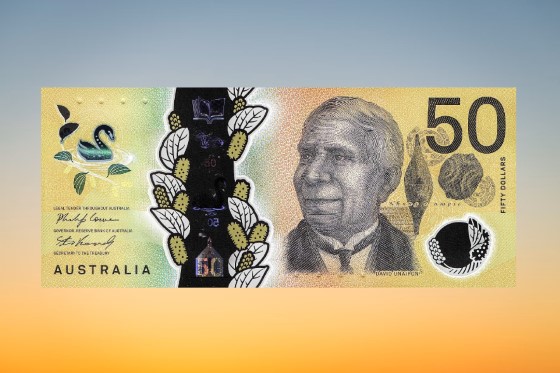One of the most prominent players in the Australian economy is the Reserve Bank of Australia – or the RBA. Amongst many other things, the RBA makes the news each month when it announces its policy for interest rates.
The RBA is Australia’s Central Bank. This means that it is the banker for the Commonwealth Government and that it is responsible for management of Australia’s currency.
The RBA is a relatively young central bank, having come into existence only in 1959. Other central banks, such as the Bank of England, have been around much longer (since 1694 in the case of the BoE – although it was a private organization until just after WW2). The US Federal Reserve came into being in 1913.
Prior to 1959, many of the RBA’s functions were performed by the Commonwealth Bank. This is the same Commonwealth Bank that we know today, although it is now a privately owned commercial bank. The Commonwealth Bank was established in 1911 and it was owned by the Commonwealth Government until the 1990s when it was gradually privatised.

If you take out a plastic note from your wallet or purse, you will see that it carries the signature of two people. (The image we have used shows the signatures on a $50 note). The first signature is of the Governor of the Reserve Bank. The presence of this signature reflects the fact that the RBA is the body responsible for issuing all hard form currency in Australia. The second signature is that of the secretary of the Commonwealth Treasury. The Treasury is a Government department overseen by a Minister (the Treasurer), whereas the RBA is a statutory body overseen by an independent board. So, while the RBA is essentially owned by the Commonwealth of Australia, it is not really run by the elected Government of the day. It is an independent arm of the broader Government. It is the combined authority of the RBA and the Treasury that gives rise to a piece of plastic or metal being official money in Australia (what is referred to as ‘legal tender.’)
So, why did they pick the name ‘Reserve Bank of Australia’ for Australia’s central bank?’ Almost certainly, it is a bit of a ‘pinch’ from the US system. The US Federal Reserve system (the ‘US Fed’) was developed to bring stability to the US banking system. It did this by becoming a ‘bank for banks,’ in which it allowed commercial banks to deposit their ‘reserves’ with the US Fed instead of with other banks. This meant that if depositors lost confidence in a particular bank, and withdrew their money, that loss of confidence did not affect other banks’ deposits. Losses of confidence in private banks were very common in the 1800s and early 1900s.
Our system works similarly, especially now that almost all money is digital. Digital money needs two things to exist: a bank account with a commercial bank and an account for that commercial bank with the RBA. Every digital dollar that is ‘circulating’ is recorded by both the RBA and a commercial bank. This happens through each commercial bank having an account with the RBA that records how much money that bank is ‘holding’ at any point in time. (You might gather we are simplifying the administrative system a little here. In reality, commercial banks each have several accounts with the RBA. But the general concept is correct).
The system can best be understood when you consider two simple ways to make a $100 payment: by cash or by direct debit.
If I pay you $100 cash to buy a second hand guitar, then I simply pass over my $100 note to you. The note was mine and now it is yours. Whoever holds the note owns the money. No adjustment needs to be made to the RBA’s record keeping system. We do not have to tell the RBA – or anyone else – that we have made the transfer.
In contrast, if I pay you $100 by direct debit, then my account at my bank is reduced by $100 and your account at your bank is increased by $100. The ‘payment’ is actually a movement of balances between bank accounts.
The RBA basically keeps track of these digital transactions. If you and I both use the same bank, then that bank simply reduces my balance by $100 and increases yours by the same. The total amount held by the bank with the RBA is the same. But, if you and I use different banks, then our transaction results in my bank having $100 less in its RBA account and your bank having $100 more in its account. The RBA provides the system through which the money moves between banks. And because money held by banks is referred to as ‘reserves,’ our central bank is called the Reserve Bank.






